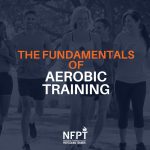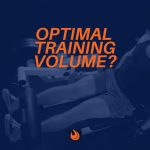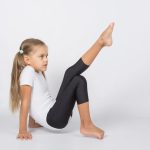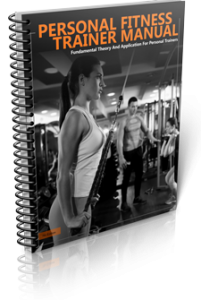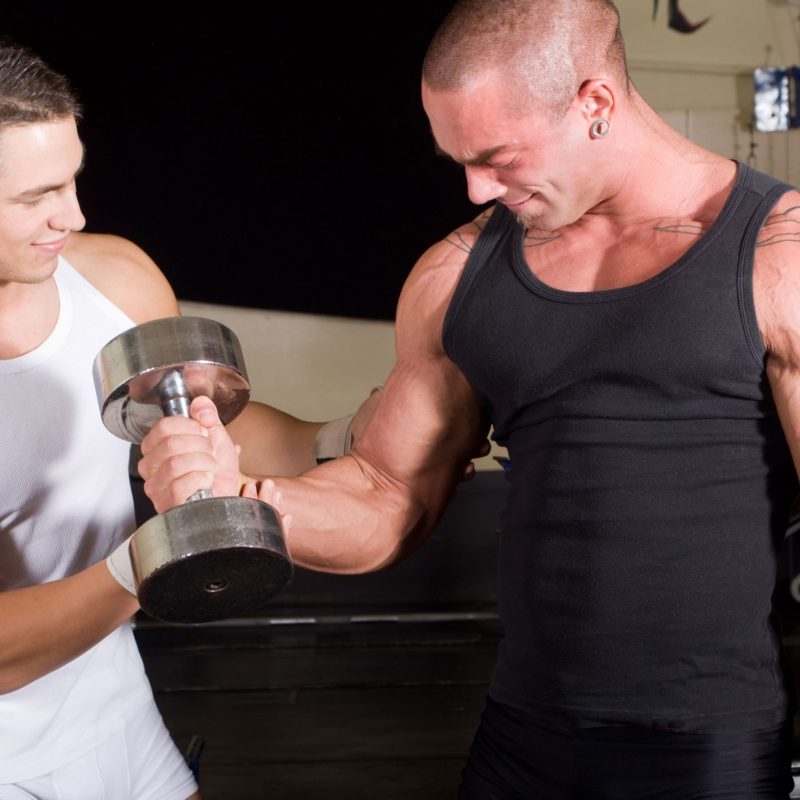
You’ve got 600 muscles in your body and learn about 100 of them when getting personal training certified. Which ones do you remember? Biceps, Hamstrings, Triceps? Those are common ones.
For a challenge, get out a piece of paper and write down as many as you can think of. Do you know the names of all three hamstring muscles? You’ll find out why this is important in Part 2 of Which is Better: Isolated or Functional Exercise.
In the meantime, let’s talk about functional exercise…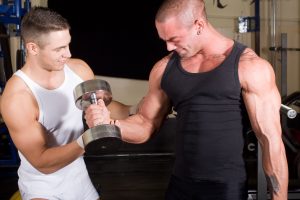
It’s efficient, it’s effective and has been very popular since 2000. Before that, people used the isolated machines in the gym to workout or lifted weights for specific muscle groups. If they wanted bigger biceps, they used the preacher curl machine to achieve those results. Check out that exercise on the NFPT blog.
Evolution
As fitness grew in popularity, clients wanted variety when paying a personal trainer. They didn’t want to use the same old machines they could do on their own. Fitness professionals became more creative and they started combining weight training movements, much like aerobic instructors do in a dance class. This evolution filled a demand.
Today, functional exercise is very popular. It uses several muscle groups together, mimicking the movements of a specific sport or of daily living activities. This could be anything from snow skiing to vacuuming the house. The idea is that by strengthening those movements in the gym, it will make the activity easier.
People also feel like they’re getting more bang for their buck when they do a lunge with a wood chop or a squat with an overhead press. Athletes love training their body for a sport that they want to conquer. It’s a valuable tool in the fitness world. It elevates your heart rate up, makes your muscles tired and gets results.
Recap: Why is functional training beneficial?
- You can get more accomplished in less time during a workout session.
- It’s good preparation for sports and daily activities.
- When mimicking a sport movement like golf, you can create motor patterns (memories) in your muscles to improve coordination.
Examples of Functional Exercises
- Torso rotations to mimic a baseball, tennis or golf swing.
- Wood chops to strengthen muscles for lifting items off the floor and putting them away.
- Walking lunges to prepare for nordic skiing.
Can you think of some other examples? Share them in the comments below!
Stay tuned for Part 2, we’ll talk about Isolated Exercise. In the meantime, brush up on your anatomy and look at this unique online program that can help.
If you liked this article, share it on your social media sites!
Make sure and check out Part Two!

